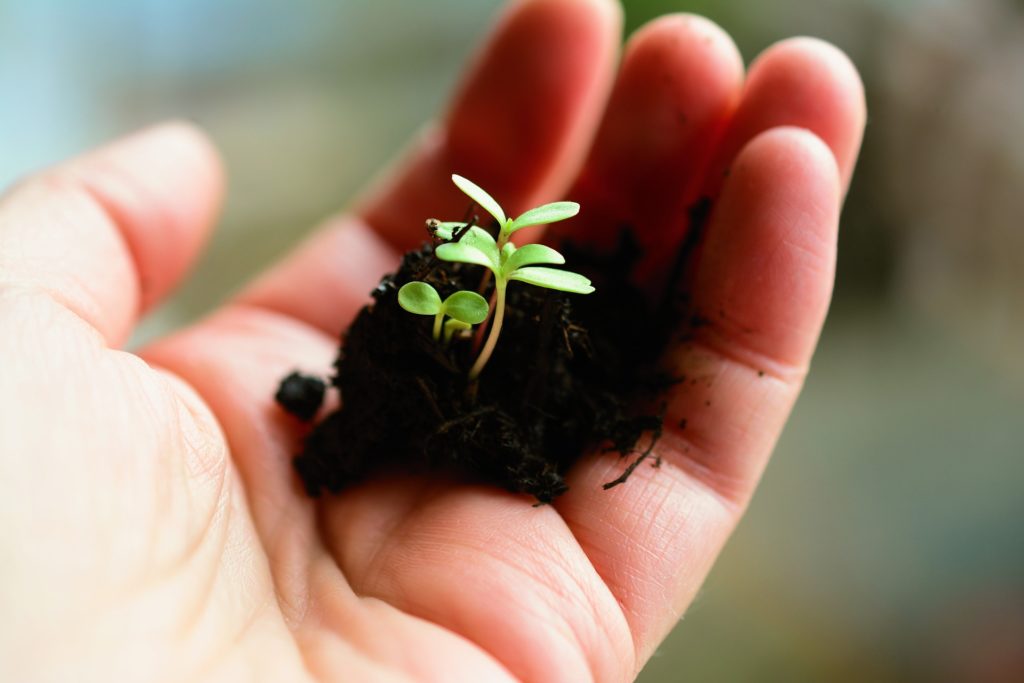How to Grow Hemp at Home – Made Easy!
Growing hemp is easy, it’s a hardy drought resistant plant that loves to bask in sunshine. One might say it “grows like a weed” – except it’s not! Hemp is perhaps the most versatile plant on the planet.
When you grow your own hemp you gain easy access to fresh raw materials that can be used to make just about anything. Hemp is packed with protein making it a great addition to vegan smoothies and dishes. Hemp can also be used for a myriad of applications such as fiber, CBD oil extraction, and it can be used to make animal feed.
Grow Hemp from Hemp Seeds
Hemp seeds are small, oblong spheres, with a light grey-green color. They often have darker colored spots on them that sometimes form stripes. Hemp seeds look a lot like cannabis seeds, so be sure to purchase hemp seeds from a reputable source.

The Basics of Growing Hemp
Hemp grows best in warm, dry temperatures between 60–80 °F (16–27 °C). Spring is the best time to plant the seeds, and October is a popular time of year to harvest. The growth cycle only takes about 110 days so there is some flexibility among start times.
Grow your hemp in the ground or in a planter, bury the seeds 3⁄4–1 1⁄4 inches deep. Hemp sprouts are need to be watered more than mature plants, they need to be watered regularly during the first 6 weeks of growth. Check the surrounding soil daily to ensure it is moist 1-2 inches deep. The hemp plants will be able to go a few days without any watering after the initial 6 weeks of growth.
For vigorous growth you may fertilize your hemp with nitrogen rich organic fertilizer. We recommend rabbit manure as it is a cold, low-odor manure that is less likely to burn crops. Chemical pesticides or herbicides are not recommended as hemp is a hardy plant that is naturally resistant to pests and weeds. Monitor the hemp flowers for seed development, once you see mature seeds in the flowers, they are ready for harvest.
Dry your hemp plants for five weeks in a cool dry area. 15% moisture is ideal, a moisture meter can be used to check the plants. Once the whole plant is dry you can separate the flowers, leaves, seeds and stems.



